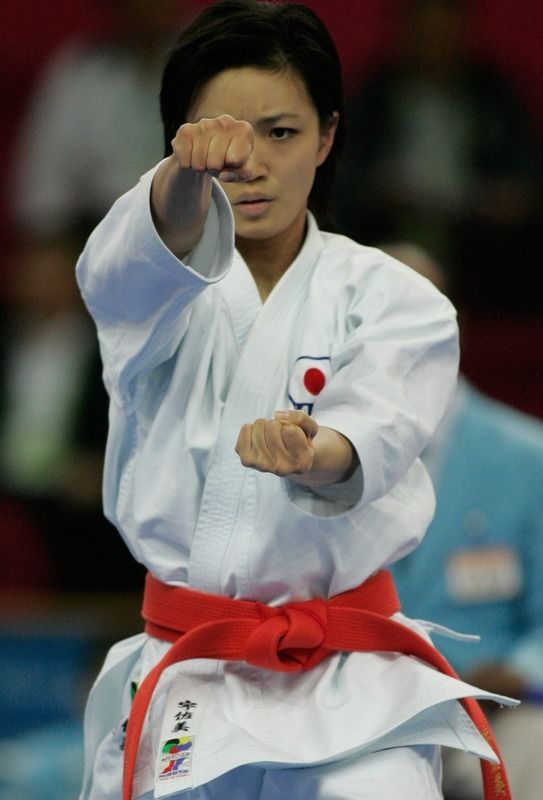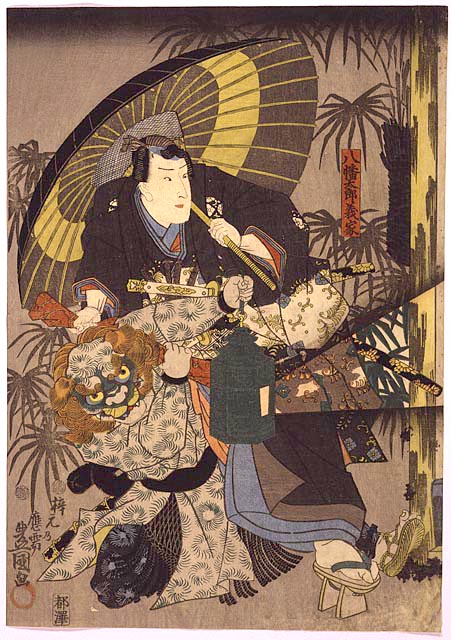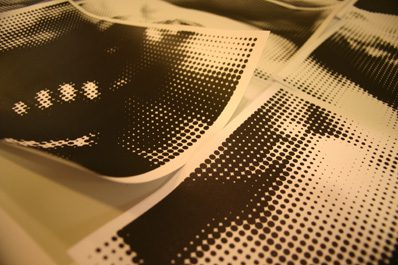Wassup my ninjas?!
As you may, or may not, know I arrived in Okinawa exactly a week ago. A sweaty week, to be more precise. Indeed, the island of no chairs (and birthplace of Karate of course) is hot, humid and…
...awesome.
As expected.
This is my seventh trip to Okinawa, if I remember correctly. However, I have yet to go on any really epic Karate adventures, as I usually do. So far I’ve just been cruising around different islands (Ikei-jima, Miyagi-jima and Hamahiga-jima), posing for high-kick pictures with giggling schoolgirls and trained my butt off in super-secret-awesome-stuff-I-can’t-mention-or-I’ll-forever-be-expelled.

By the way, some of you Kobudo nerds will probably recognize the word Hamahiga up there, a common name for some kobudo kata (sai/tonfa). Yes, it stems from a man named Hamahiga pechin who lived on Hamahiga island.
And yes again, he was awesome indeed.
Anyhow, though I might not have discovered anything significantly share-worthy at the moment, I still have observed a couple of small but interesting Karate things this past week. So I thought, why don’t I sum it up for you guys? Might be fun.
So, without further ado, straight from the birtplace of Karate, here’s 3 Remarkable Okinawan Karate Observations (ROKO) from the past week.
They’re pretty random, but maybe something will catch your interest:
ROKO#1: Kata have c-h-a-n-g-e-d.
Yeah, I know what you’re thinking:
“He’s lying! That bastard! The Okinawans don’t change kata, only fat McDojo chefs do that! Okinawans are holy people, sent to earth by [insert your favorite god here] and would never dare to mess with their legacy!”
No. Sorry. Wrong.
This Sunday I went to this awesome (btw, is somebody counting the number of awesomes I’m using in this post?) tournament for instance, and ended up chatting with some old friends of mine. And, as it turns out, there were quite many changes in kata (like Anan and Suparimpei) since last time I was here! We compared details and discussed about the changes for quite a while.
Like, now you’re supposed to attack at the same time as you kick, not before you kick, and the ippon-kamae hikite is completely removed and the hand is now to be twisted the other way around and…
Et cetera.
I first noticed this many years ago with some Kobudo kata (which I even recorded). New moves were being added, old ones were being discarded, and every time I returned to Okinawa some kata had always changed in some way.
It was no secret though, they often admitted it, always coming up with an explanation (sometimes good, sometimes bad).
So, the question that inevitably pops up is:
Should I keep doing it the “old” way, or change to the “new” way everybody is doing now?
A dilemma many Karate-ka (foreigners in particular) undoubtably have faced in their Karate careers.
Of course, last Sunday at this awesome tournament (videos will be up as soon as I come home… in two months!) some people were still doing the “old” way, like me. That’s still okay. You can do however you want.
But the new people won the tournament.
Suck on that one.
ROKO#2: Say hello to Nipaipo.
You know how I once wrote about the ‘reverse influence’ on Okinawan Karate? How Japanese changes, additions, rituals and customs that sneaked into Karate during its transition from Okinawa to Japan is slowly reinfluencing Okinawan Karate back?
Well, I wasn’t shitting you.
Ladies and gents, let me introduce you to the latest addition in the Okinawan kata family, slowly taking over every dojo in your neighborhood.
Nipaipo.
Straight outta Japanese Shito-ryu.
Seriously, a couple of high ranking Kobudo sensei have even asked me the past week if I know this “mysterious” Nipaipo which they have been seeing, and where it comes from. Lately it has been popping up everywhere in Okinawa!
Needless to say, it’s not an original Okinawan kata (codified from Neipai by Mabuni Kenwa into Shito-ryu’s Nipaipo) per se.
But apparently everyone has started doing it.
I was actually observing a random Shorin-ryu class at the Budokan (public martial arts center) yesterday evening, and even some old folks were desperately trying to keep up with the times, imitating the younger black belt kids enthusiastically practising this exotic “Nipaipo” kata with its unorthodox moves. Pretty strange sight.
Oh, and guess what kata one of the female finalists did in the awesome tournament last Sunday by the way?
Yeah.
Nipaipo is here to stay.
Time to redefine stuff…?
ROKO#3: Gaijin revolution.
Here’s something weird:
Okinawans rarely go to the beach.
Some of the world’s best beaches, with beautiful diving and snorkeling can be found in Okinawa and its vicinity. But strangely enough, there’s more tourists than Okinawans caring.
It’s like, they know the ocean is there, so they don’t bother!
It’s not interesting.
And the exact same thinking applies to Karate.
Last Friday I met this awesome American Karate instructor in Shureido (local martial arts gear shop) who had been living in Okinawa basically his whole adult life, practising and now teaching Karate (to the Okinawans!), and he was noticing some stuff for sure.
We spoke for a while, and one of our conclusions were that foreigners are surprisingly often more interested, more enthusiastic and more skilled than many Okinawans when it comes to Karate and Kobudo!
Dang.
That’s like… imagine if you would go to Mexico and start a boxing gym! Or go to Japan and start a sucessfull Sumo stable. Or go to Italy and start a pizza parlor!
Sounds impossible?
It’s happening right here in Okinawa.
Young Okinawans are interested in cool stuff. You don’t think your native folk dances or old folk songs are cool, do you? Well neither do the new generation of Okinawans. Old = boring.
Karate is not exotic enough.
But for foreigners it definitely is.
I mean, if you travel around half the world just to train some kicking and punching, you’re bound to be more interested in kicking and punching than somebody who lives next door to it and never even looks at it!
When foreign people from across the globe needs to teach you your own culture, you know something has gone terribly wrong.
I predict a very interesting future…
_____________
Okay, that’s it for now.
I actually had five more observations in store (like why Japan isn’t world leaders in Sport Karate anymore (plateauing and periodization), how I designed Shureido’s newest t-shirt (not yet released!), the recent popularization of the Taira-style Kobudo kata Choun no Kon, incorporation of realistic self-defense methods in Karate etc.) but I don’t want to overload your brain any more than necessary. Plus, I got some heavy laundry to do, yo! This sweat doesn’t magically evaporate as planned!
Now, please, feel free to share your ideas on these three observations.
What are your thoughts?
Change is the only thing constant, right?



27 Comments